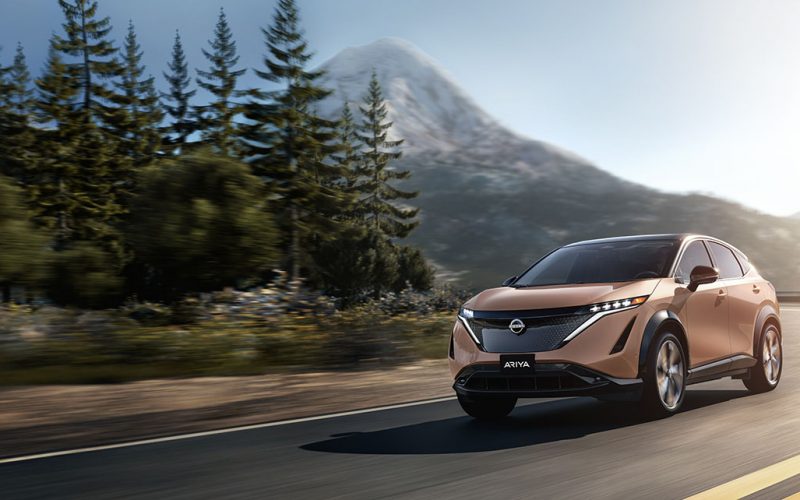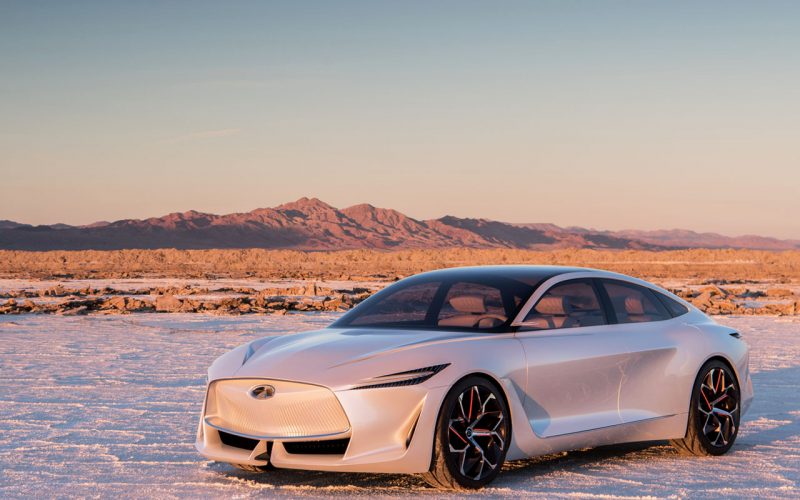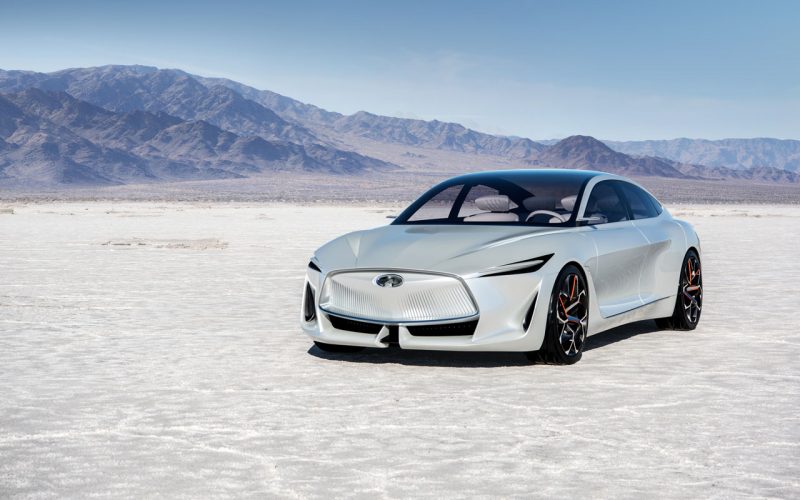
Reading Time: 5 minutesNissan’s Leaf has a permanent place in history for being one of the first modern-day mass-production

Reading Time: 4 minutesInfiniti has been electrifying its luxury car lineup since 2011, but so far it hasn’t gone

Reading Time: 8 minutesDon’t get too excited. While last year’s sensational QX50 Concept was a definitive firsthand view at
© 2025 The Car Magazine. All Rights Reserved, Privacy Policy | Terms of Use